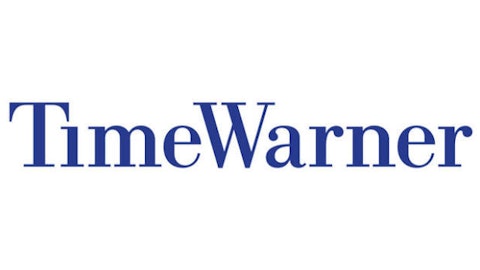Textron Inc. (NYSE:TXT) is an aerospace conglomerate that manufactures airplanes, helicopters, and a variety of other products, with some well-known brand names among its product portfolio. Since taking a big revenue hit as a result of lower discretionary spending brought on by the financial crisis, Textron Inc. (NYSE:TXT)’s sales have been steadily climbing and the company has been increasingly more profitable every year since then. With some of their key business segments yet to make a full recovery, is now the time to get in, or would our investment dollars be put to better use with one of Textron Inc. (NYSE:TXT)’s larger competitors?

About Textron
Textron Inc. (NYSE:TXT) operates through five segments, all of which rely on different types of consumers to buy their products. The company does business all over the world, but the majority (62%) still comes from the U.S. About 29% of the company’s sales are the result of U.S. Government contracts, and the seemingly endless budget mess in our government is presumably one reason why shares are trading a bit cheaply right now, but more on that later. First, let’s look at Textron Inc. (NYSE:TXT)’s business segments and how they’re doing.

The Cessna segment contributes 25% of Textron Inc. (NYSE:TXT)’s sales and makes a variety of aircraft, but most of the segment’s sales are in the form of the Cessna Citation business jets. This is the segment I was referring to earlier when I said that some of their key business segments were yet to recover. The market for private and corporate jets simply is nowhere near what it was before the recession hit. Business jet sales plummeted by 29.2% between 2008 and 2012, and are just now stabilizing. Sales are projected by industry analysts to begin to climb during the next several years, thanks to increasing demand from emerging markets.
Competitors in this segment include General Dynamics Corporation (NYSE:GD), whose Gulfstream jets are among the most well-regarded in the industry. Gulfstream currently offers five distinct models of private aircraft, and makes up about a quarter of General Dynamics Corporation (NYSE:GD)’s sales. As an investment, General Dynamics Corporation (NYSE:GD) looks relatively cheap at just 11.4 times this year’s earnings, but the company is projected to grow its earnings at a very slow 2% annual rate going forward.
Bell Helicopter
Bell Helicopter is the world’s third largest helicopter manufacturer and accounts for 35% of Textron’s sales. The company makes helicopters for both commercial and military applications, including the Marine Corps H-1 helicopter and their best-selling V-22 Osprey model. Military helicopters account for 60% of this segment’s revenue, with the rest used for various commercial and government purposes.
The number one manufacturer of helicopters, Sikorsky, is a subsidiary of United Technologies Corporation (NYSE:UTX) and produces such well-known models as the UH-60M Black Hawk helicopters, and is developing the next generation of “heavy lift” helicopter for the military. United Technologies Corporation (NYSE:UTX) looks like an attractive investment itself with a P/E of just 14.1, a 9% forward growth rate, and a 2.3% dividend yield.
Textron Systems
Textron Systems makes up 14% of the company’s revenues and provides the U.S. Defense Department with solutions for force protection, situational awareness, precision weaponry, and more. The segment’s products include unmanned aircraft systems, armored vehicles, weapons, and many other products.
Industrial
With 24% of Textron’s sales, this segment seems to have the most random mix of products of any of the five. The industrial segment produces EZ-Go golf carts, turf maintenance equipment, blow-molded fuel systems for automobile manufacturers, electrical test instruments, hydraulic tools, and fiber-optic connectors.
Financial
The smallest segment at just 2% of revenues operates in commercial finance. Although this wasn’t always the case, Textron has recently downsized this segment to just financing its own products, and still has some outside finance assets on its balance sheet, although the company plans to continue to reduce this amount.
The numbers
The main reason that I like Textron as an investment is that it is simply too cheap to ignore. At just 13.2 times earnings, I believe shares trade at a discount due to uncertainties in the future of private jet spending as well as the U.S. Government’s future spending. Despite the uncertainty, the consensus of analysts who cover the company project earnings of $2.01 this year rising over the next two years to $2.62 per share, for a 30% increase in profitability over the next two years.
While there is some degree of risk involved with anything involving defense spending right now, I believe that the government will eventually get its act together budget-wise and Cessna’s jets will begin to sell more rapidly over the next several years, producing very nice gains for Textron’s shareholders.
The article This Aerospace Conglomerate Will Thrive in the Economic Recovery originally appeared on Fool.com.
Matthew Frankel has no position in any stocks mentioned. The Motley Fool owns shares of General Dynamics and Textron. Matthew is a member of The Motley Fool Blog Network — entries represent the personal opinion of the blogger and are not formally edited.
Copyright © 1995 – 2013 The Motley Fool, LLC. All rights reserved. The Motley Fool has a disclosure policy.





